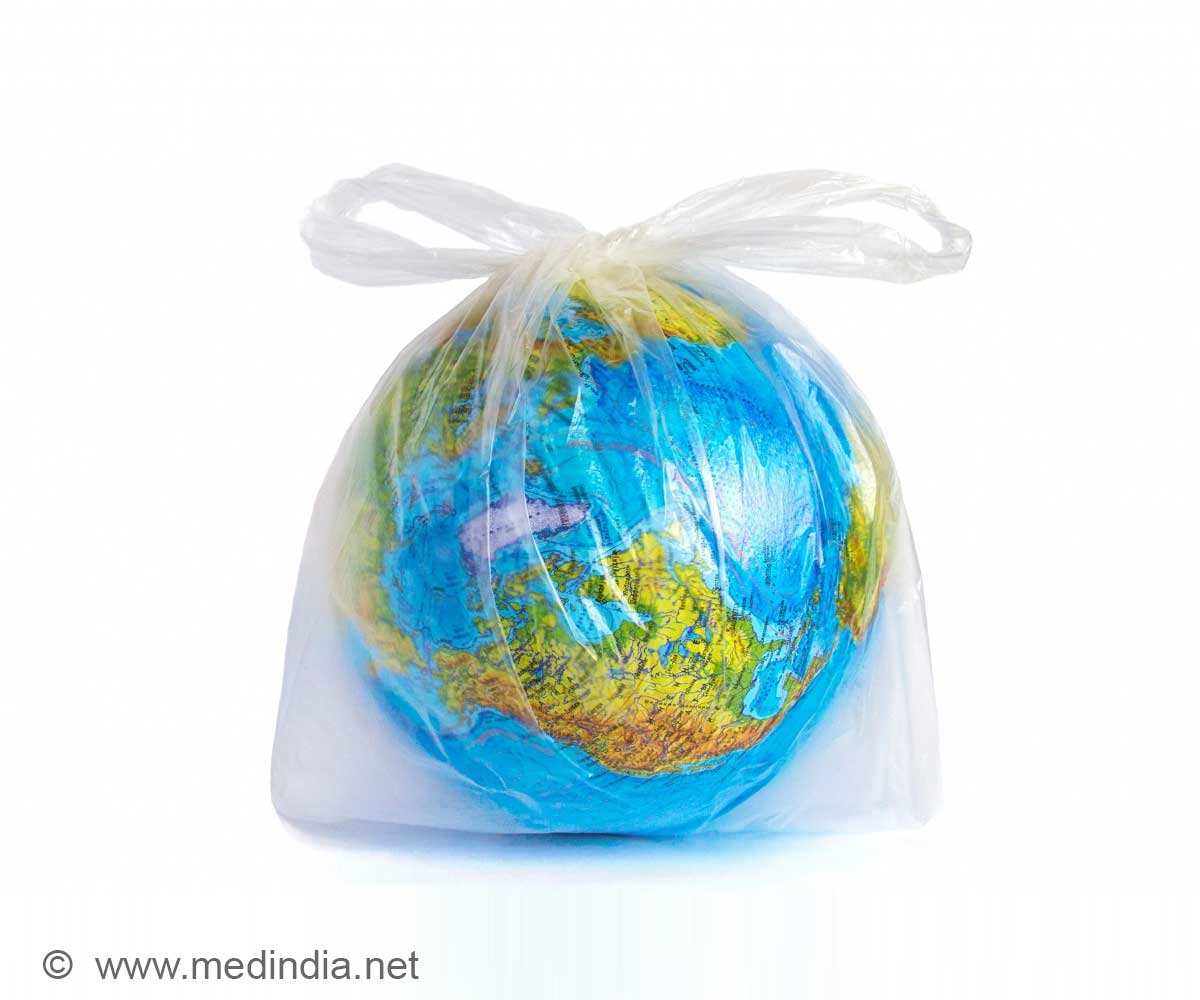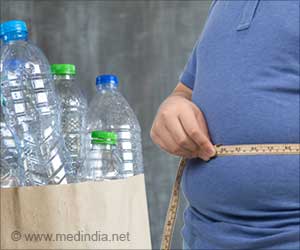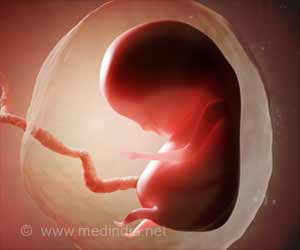Reduction in plastic pollution results in an increase of 700,000 jobs by 2040, significantly improving the livelihoods of millions of workers in informal settings.

‘To cut plastic pollution by 80 percent by 2040, experts suggest excluding unnecessary plastics to reduce the size of the problem and call for three market shifts - reuse, recycle, and reorient and diversify products. ’





'Turning off the Tap: How the world can end plastic pollution and create a circular economy' is a solutions-focused analysis of concrete practices, market shifts, and policies that can inform government thinking and business action. "The way we produce, use and dispose of plastics is polluting ecosystems, creating risks for human health and destabilising the climate," said Inger Andersen, Executive Director, UNEP, adding: "This UNEP report lays out a roadmap to dramatically reduce these risks through adopting a circular approach that keeps plastics out of ecosystems, out of our bodies and in the economy. If we follow this roadmap, including in negotiations on the plastic pollution deal, we can deliver major economic, social and environmental wins." (1✔ ✔Trusted Source
Plastic Pollution
Go to source)
Top Ways to Slash Plastic Pollution
Reuse: Promoting reuse options, including refillable bottles, bulk dispensers, deposit-return schemes, packaging take-back schemes etc. can reduce 30 percent of plastic pollution by 2040. To realize its potential, governments must help build a stronger business case for reusables.Recycle: Reducing plastic pollution by an additional 20 percent by 2040 can be achieved if recycling becomes a more stable and profitable venture. Removing fossil fuels subsidies, enforcing design guidelines to enhance recyclability, and other measures would increase the share of economically recyclable plastics from 21 percent to 50 percent.
Reorient and diversify: Careful replacement of products such as plastic wrappers, sachets and takeaway items with products made from alternative materials (such as paper or compostable materials) can deliver an additional 17 percent decrease in plastic pollution.
Even with these measures, 100 million metric tonnes of plastic from single-use and short-lived products will still need to be safely dealt with annually by 2040 -- together with a significant legacy of existing plastic pollution.
Advertisement
Overall, the shift to a circular economy would result in $1.27 trillion in savings, considering costs and recycling revenues. A further $3.25 trillion would be saved from avoided externalities such as health, climate, air pollution, marine ecosystem degradation, and litigation-related costs.
- Plastic Pollution - (https://www.unep.org/plastic-pollution)










